The Digital Scent Technology Market is currently characterized by a dynamic competitive landscape, driven by innovation and the increasing integration of sensory experiences in various sectors, including entertainment, marketing, and healthcare. Key players such as Olfactory Labs (US), Aromyx Corporation (US), and Scentys (FR) are at the forefront, each adopting distinct strategies to enhance their market presence. Olfactory Labs (US) focuses on developing advanced scent delivery systems that leverage artificial intelligence to create personalized olfactory experiences, thereby positioning itself as a leader in technological innovation. Meanwhile, Aromyx Corporation (US) emphasizes the importance of scent data analytics, utilizing its proprietary technology to provide businesses with insights into consumer preferences, which appears to be a critical differentiator in the market. Scentys (FR), on the other hand, is expanding its global footprint through strategic partnerships, enhancing its distribution capabilities and market reach, which collectively shapes a competitive environment that is increasingly collaborative yet fiercely innovative.
In terms of business tactics, companies are localizing manufacturing and optimizing supply chains to enhance efficiency and responsiveness to market demands. The competitive structure of the Digital Scent Technology Market is moderately fragmented, with several players vying for market share. This fragmentation allows for a diverse range of products and services, but also necessitates that companies continuously innovate to maintain their competitive edge. The collective influence of key players is significant, as they drive advancements in technology and consumer engagement strategies.
In August 2025, ScentAir (US) announced a partnership with a leading virtual reality company to integrate scent technology into immersive experiences. This strategic move is likely to enhance user engagement and create new revenue streams, indicating a trend towards the convergence of digital and sensory experiences. Such collaborations may redefine how consumers interact with digital content, suggesting a shift in the market towards more experiential offerings.
In September 2025, Aromajoin (JP) launched a new scent marketing platform that utilizes machine learning algorithms to tailor scent experiences based on user behavior. This initiative not only showcases the company's commitment to innovation but also highlights the growing importance of data-driven approaches in the Digital Scent Technology Market. By leveraging technology to enhance consumer experiences, Aromajoin (JP) positions itself as a forward-thinking player in a rapidly evolving landscape.
In October 2025, Vapor Communications (US) unveiled a new scent diffusion system designed for large-scale events, aiming to enhance brand experiences through scent marketing. This development reflects a broader trend towards the use of scent as a strategic marketing tool, suggesting that companies are increasingly recognizing the value of olfactory branding in creating memorable consumer interactions.
As of October 2025, the Digital Scent Technology Market is witnessing trends that emphasize digitalization, sustainability, and the integration of artificial intelligence. Strategic alliances are becoming increasingly pivotal, as companies collaborate to enhance their technological capabilities and market reach. Looking ahead, competitive differentiation is likely to evolve from traditional price-based competition to a focus on innovation, technological advancements, and supply chain reliability. This shift underscores the necessity for companies to not only innovate but also to ensure that their offerings are sustainable and aligned with consumer expectations.
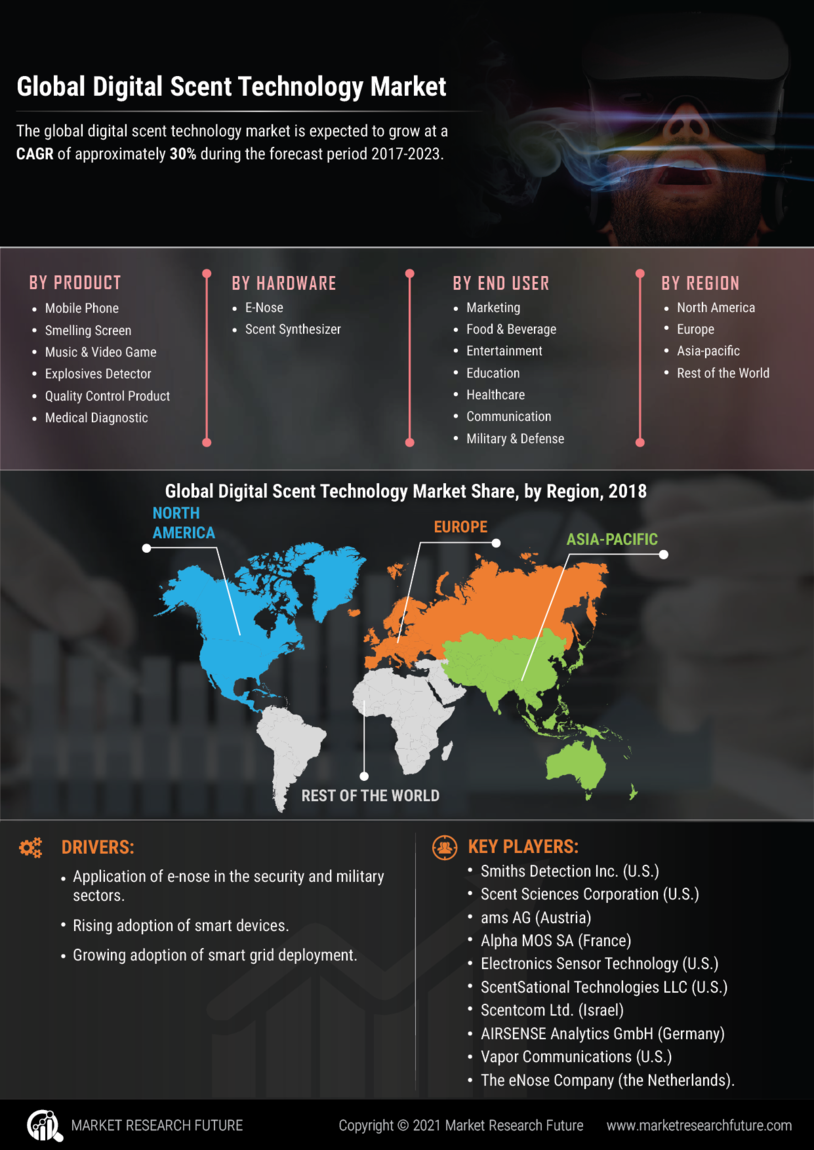

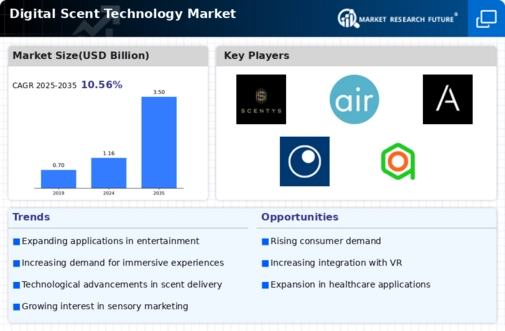
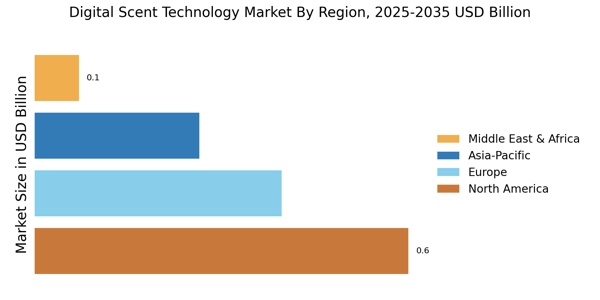
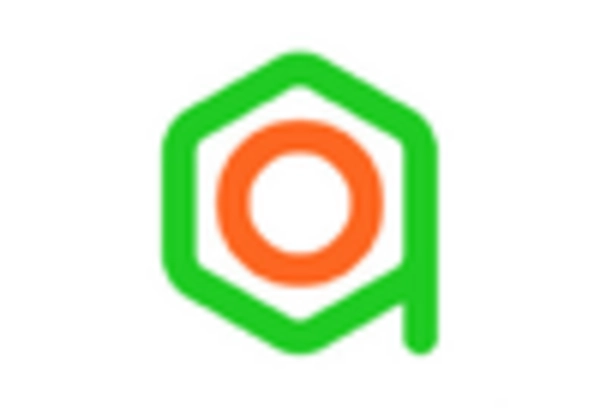
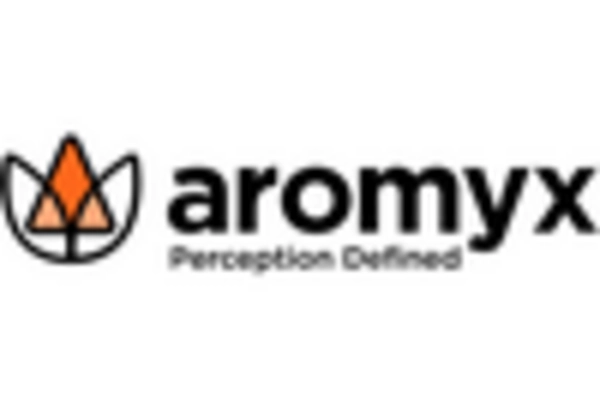
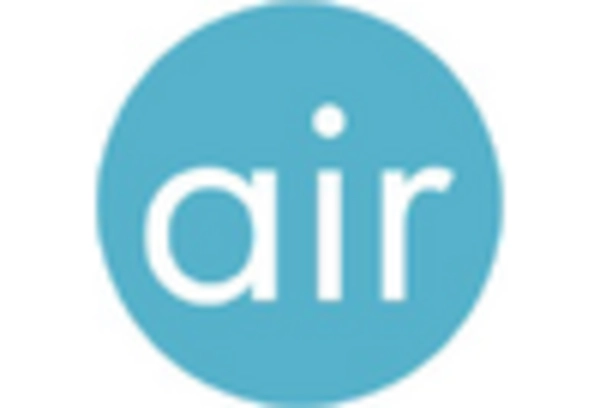
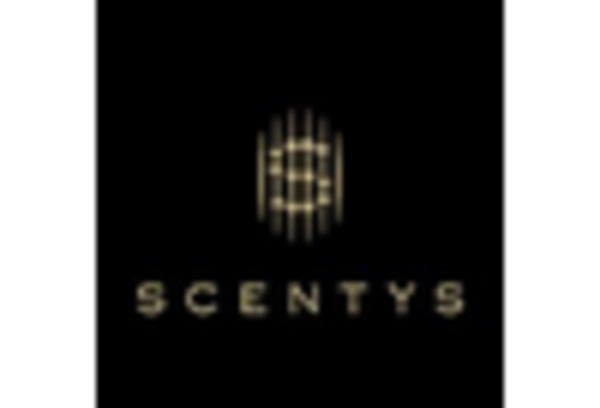










Leave a Comment